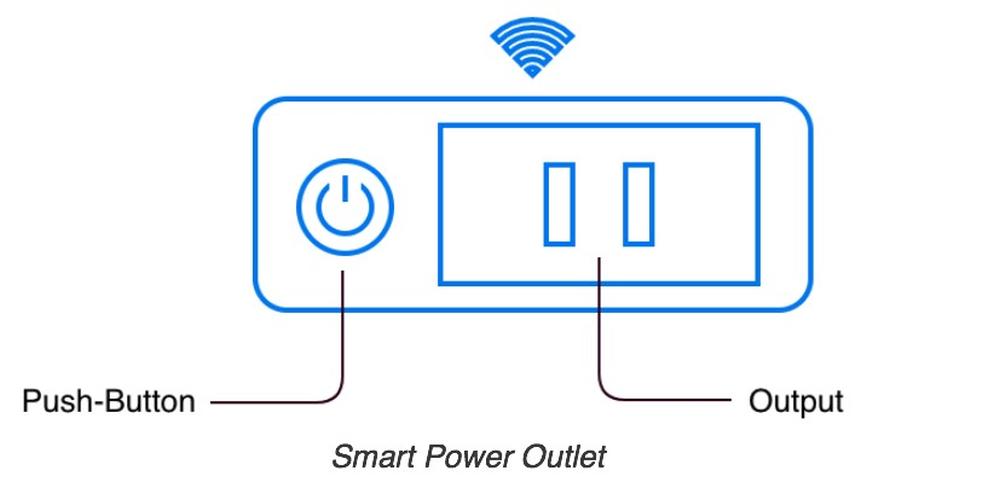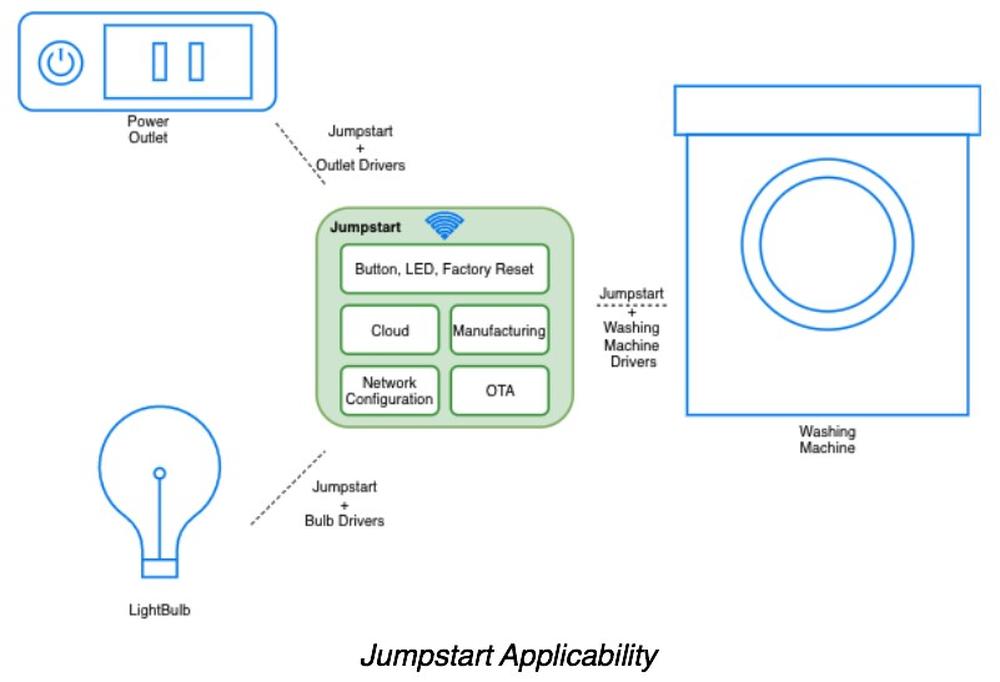As we all know, building production-ready firmware is sometimes very painful process. Along with the basic functionality of the product, the developer also needs to consider building smartphone applications and integrating cloud platforms.
To make things easier, Espressif has just released ESP-Jumpstart, which provides the optimal solution and significant help in ESP32-based product development. ESP-Jumpstart is a complete guide for developers, which helps them quickly achieve the conversion of their ideas into production-ready products.
ESP-Jumpstart is based on Espressif’s IoT Development Framework, ESP-IDF, and discusses all the necessary steps and best practices for product development in a simple, well-structured and user-friendly way. Becoming familiar with the process of building ESP32-based products is much easier with ESP-Jumpstart.
The ESP-Jumpstart development framework includes the following chapters:
• Drivers for API ESP32
• Wi-Fi Connection
• Network Configuration
• Remote Control (Cloud)
• Over-the-Air (OTA) Firmware Updates
• Manufacturing
• Security Considerations
ESP-Jumpstart allows users to easily modify the code in the application layer and adjust it to their own product with the peripheral drivers they want to use. This can significantly reduce the time usually required to convert a simple idea into an actual product that is ready for mass production. With ESP-Jumpstart, users can start product development as systematically, quickly and economically as possible.
ESP-Jumpstart provides the “Smart Power Outlet” as a development example which also shows how easy it is to use the guide.

The Smart Power Outlet firmware assumes that the device has one input push-button and one GPIO output. It implements the following functionality:
• Using the push-button to physically toggle the output;
• Allowing the end-user to configure their Wi-Fi network through smartphone applications (iOS/Android);
• Allowing remote control of the output over Cloud;
• Implementing over-the-air (OTA) firmware upgrades;
•Resetting to factory settings by long-pressing the push-button.
Once users become familiar with ESP-Jumpstart, building production firmware is just a matter of replacing the power-outlet’s device driver with their own device driver (e.g. smart lighting, smart appliances, etc.).

To get started, users also need to have:
• The ESP32 development kit, such as ESP32-DevKit-C.
• Development host setup (Windows, Linux or Mac).
For further details, find complete ESP-Jumpstart here. ESP32 modules are available from stock, so you can start immediately.
If you are interested in other Esspressif products, or you need more information, we are ready to help you at sales@soselectronic.com